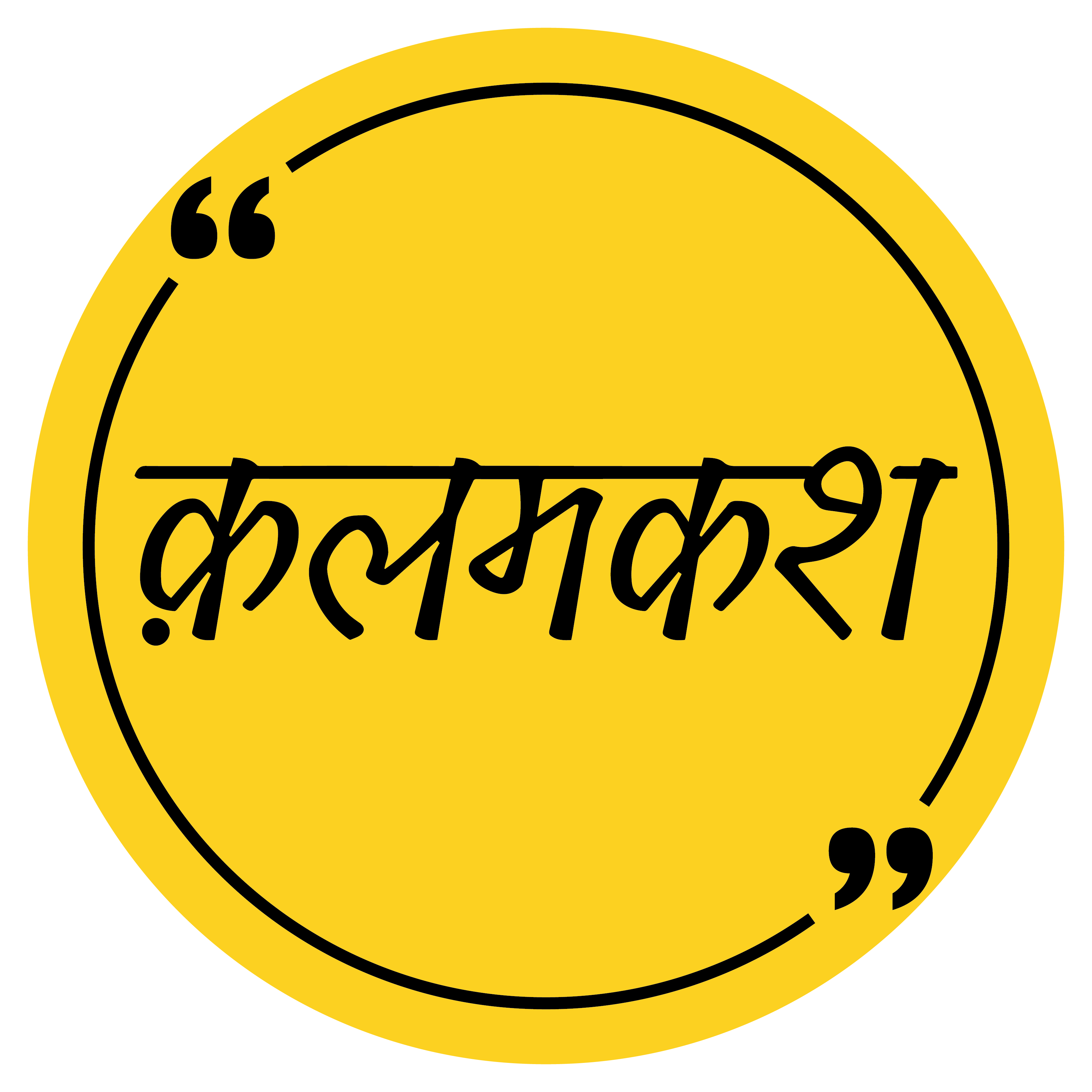
Suniti Chaudhary and Shanti Ghosh
The girls who assassinated the British district magistrate. The girls who avenged the hanging of ‘Shaheed Bhagat Singh’. The untold story of Suniti Chaudhary and Shanti Ghosh, the ‘Ye Mothers’.

On 14th December 1931, the District Magistrate of Comilla, C.G.B. Stevens, was shot dead by two young revolutionaries Suniti Chaudhary and Shanti Ghosh, who joined the Jugantar group in 1929.
Suniti was born in Comilla on 22 May 1917. Her parents were Umacharan Choudhury and Surasundari Chaudhury. She was a student of Nawab Faizunnessa Government Girls High School. Ullaskar Dutta, an Indian revolutionary from Kalikaccha village, Sarail, very influenced her. She was recruited to the Jugantar Party by Prafullanalini Brahma. In the annual conference of Tripura Zilla Chhatri Sangha, held on 6 May 1931, Chaudhary was selected as the Captain of the Women’s Volunteer Corps and was also in charge of training female members in lathi, swords and dagger play.
Shanti Ghosh was born in Kolkata on 22 November 1916. Her father was Debendranath Ghose. She was the founding member of the Tripura Zilla Chhatri Sangha and served as its secretary. Inspired by Prafullanlini Brahma, Ghosh joined the Jugantar party and was trained in self-defence with swords, clubs and firearms.
At the time of the Civil Disobedience Movement in the country. Prafullanalini Brahma mentored and supplied her with revolutionary literature banned by the British in India. The words of Swami Vivekananda shaped her beliefs “Life is a sacrifice for motherland.”
While Netaji Subhash Chandra Bose met the girls, Prafulla asked his opinion about women’s involvement in direct revolutionary action. In reply, he said, “I would be happy to see you in the front row“. When Shanti Ghosh requested him to give his autograph, Netaji wrote “To preserve your, honour, take up arms yourselves, YE MOTHERS“.
Meanwhile Chhatri Sangha was training young girls, while the bravest and the smartest of the trainees passed on information, papers, arms, ammunition, and money, for the revolutionaries. However Prafulla, Shanti and Suniti asked for more effective responsibilities and wanted them equal to boys. Some of the senior leaders raised questions on the purpose of girls taking up arms on which Suniti answered, “What good is our current dagger-and-stick play, if we shy away from real action?”
Finally, Biren Bhattacharjee, one of the absconding leaders secretly interviewed the girls and declared them to be outstanding courageous. Under the supervision of Akhil Chandra Nandi, president of Tripura student organization, their training began. They skipped school, sneaked out to the Maynamati Hills away from the dense town, and fired practice shots.
Up to this point, it was the man who took the responsibilities in carrying out bombs and killings targated at british officers. In the background, women fought for their independence. Considering their courage at such a young age Suniti and Shanti were chosen to kill Charles Geoffrey Buckland Stevens, the District Magistrate of Comilla.
Stevens was a man who could cross all the limits to destroy Satyagraha. He threw all the Satyagrahis into the prison and harrased every non-violent Indian who raised voice.
By this time, the freedom movement had taken a very serious turn in Bengal. From revolting openly to assassinating infamous British police officers who arrested and beaten them to unconsiousness, raped and undressed women Satyagrahis in the streets.
Freeman Thomas, the Earl of Willingdon was then the 22nd Viceroy and Governor-General of British India. He passed an ordinance in India that suppressed the civil rights of Indians. British District Magistrates and Police officers harrased Indians, especially the arrested, and raped Indian womens. After the shocking news of the hangings of Rajguru, Bhagat singh and Sukhdev, more than a thousand Rajguru, Bhagat singha dn Sukhdev raised. So did resentment in Bengal increase! along with Suniti chaudhary and Shanti Ghosh so many young freedom fighters were ready to attack.
On 14 December 1931, two teenage girls descended from a carriage in front of District Magistrates bunglow. Both had a silk wrapper around their sarees, perhaps to beat the cold! Bouth sought a permission to meet Comilla District Magistrate, Charles Geoffrey Buckland Stevens. Their permission was granted and both entered the Magistrate’s office room where he was seated. As they were school girls British police did not suspect them and avoided searching them.
Stevens looked at the letter passed to him. As per the signatures, the girls were Illa Sen, and Meera Devi were appealing for a swimming club to the magistrate. The use of “your majesty” and some incorrect E English left no doubt about their sincerity.
The girls were impatient for a clean window. They requested Stevens to sign the the letter. When he returened from his chamber with the signed letter, he saw both girls now without silk wrappers, pointing two revolvers at his heart.
The first bullet had pierced from Suniti Chaudhury’s gun, which immediately caused the British officer’s death on the spot. The second round of shooting left no scope for Magistrate to survive. The sound of gunshots alerted the British police.
They were prepared for all the upcoming tortures, from pricking pins on their fingertips to molesting. But they were not going to break under beatings or speak a word about their secret organisation.
The revolutionaries distributed pamphlets about the brave girls. People adored the photograph of Suniti in her Major’s uniform, with a line “Rokte Amar Legechhe Aaj Sorbonasher Nesha” (The burning desire of destruction rages in my blood today).
The girls were taken into custody and beaten mercilessly and imprisoned in the local British jail. But both the girls maintained their calmness. During their trial days in prison and court they expected to die martyr’s death. The courtroom was stunned by their presence when the trial started. They were grinning and taking pleasure in the onlookers’ discomfort. They got a lifetime imprisonment, which meant they missed their window of martyrdom. In an interview they stated, “It is better to die than live in a horse’s stable.”
As the first bullet was from Suniti’s gun, she was given a harsher punishment. She was set apart from other prisioners and kept in third class with the thieves and pickpockets. While Shanti was kept with other revolutionaries in second class.
The contemporary periodicals characterized the assassination of Stevens as a sign of Indians violation against the ordinance by the Earl of Willington. The assassination was described in Indian accounts as Ghosh and Chaudhary’s retaliation for the “misbehaviours of the British district magistrates” who had abused their positions of authority by raping Indian women.
Following the announcement of the verdict, a flyer supporting Ghosh and Chowdhary as nationalist heroines was discovered by the Rajshahi district police intelligence division. Lines from Robert Burns’ poem Scots Wha Hae were printed alongside pictures of the two girls on the poster, which said, “THOU ART FREEDOM’S NOW, AND FAME’S.”
Tyrants succumb to every enemy!
There is liberty in every blow!
The British Government stopped Suniti’s old fathers pension and tortured her two brothers. And later her younger brother died due to years of malnutrition. The news of her younger brother and family reached Suniti but failed to break her calmness.
Because of the amnesty negotiations between Gandhiji and the British Indian government In 1939, along with Shanti Ghosh, Suniti was released after serving seven years of her sentence.
Salute to nationalist heroines Suniti Chaudhary and Shanti Ghosh. Jai Hind!


